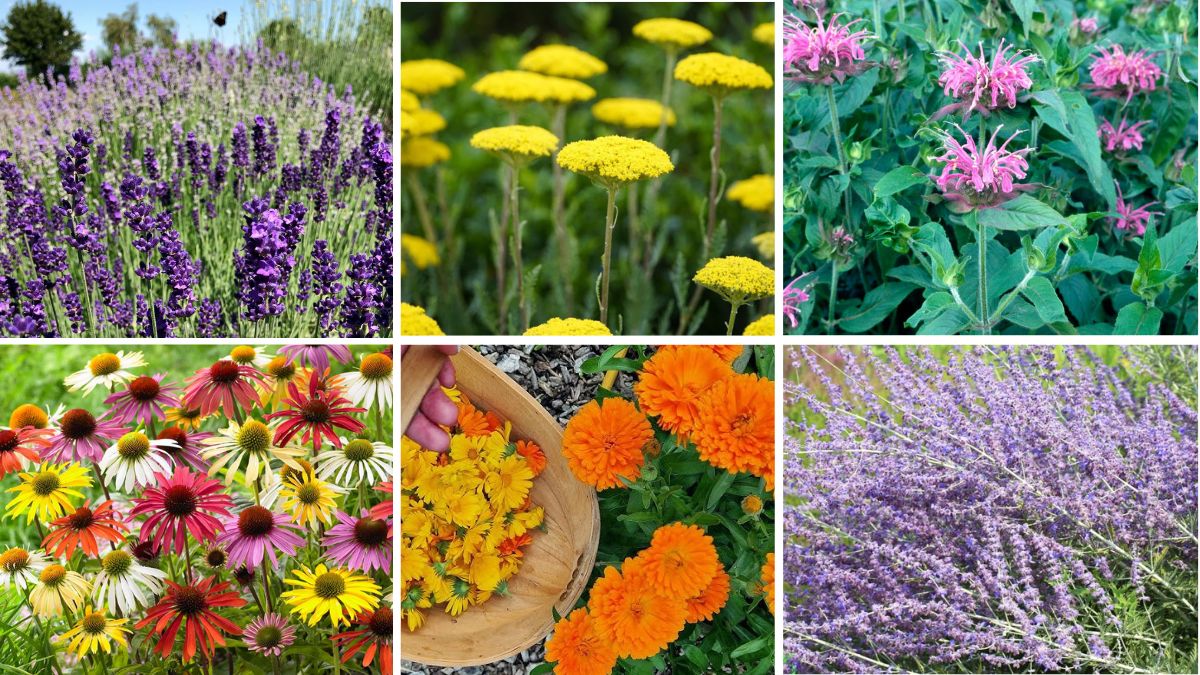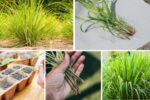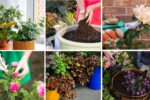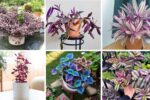Creating a garden that’s beautiful and kind to the environment is a rewarding way to enjoy nature while reducing your ecological footprint. Eco-friendly plants not only require fewer resources to thrive but also support biodiversity, attract pollinators, and improve soil health. Choosing the right species can transform your garden into a lush, sustainable haven that benefits both your home and the planet. Here are six stunning eco-friendly garden plants every home should consider growing.
1. Lavender (Lavandula)
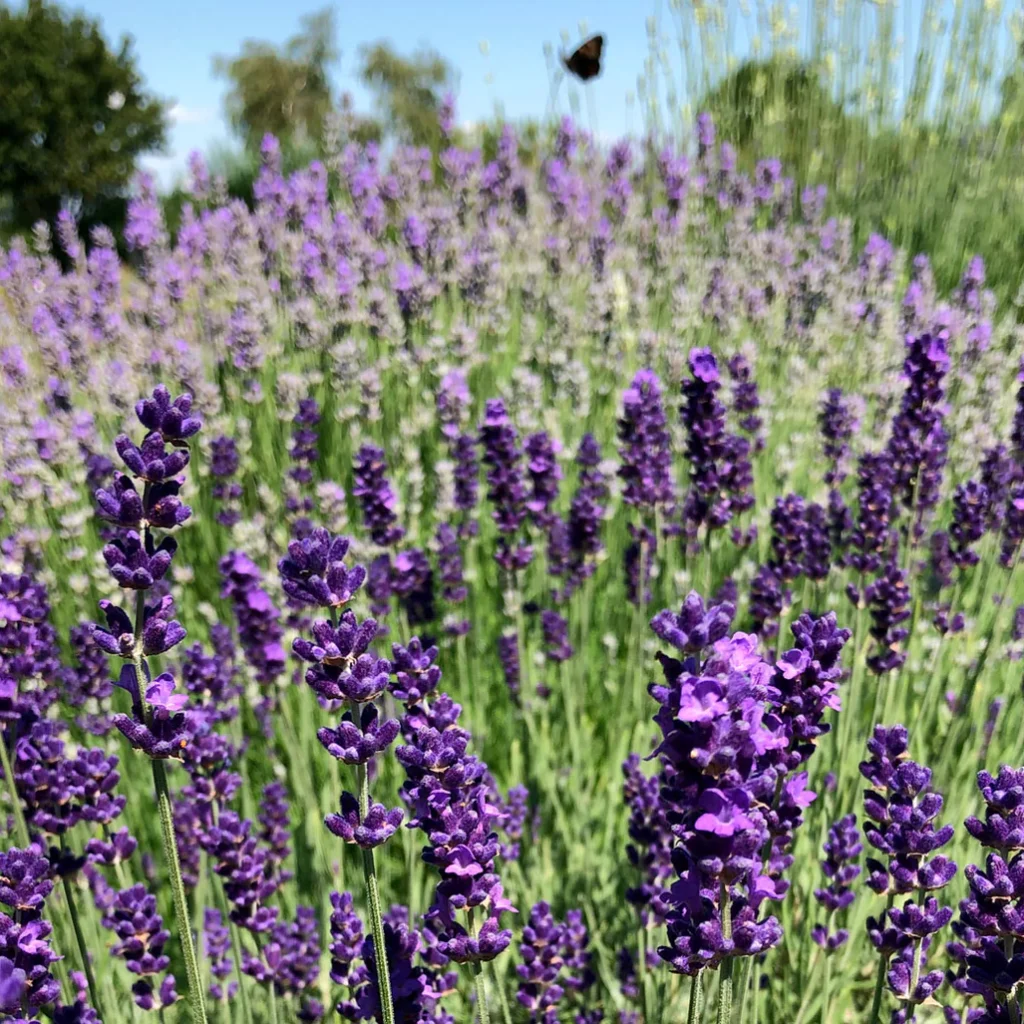
Lavender is not only breathtakingly beautiful but also one of the most eco-friendly plants you can grow. It thrives in poor, well-drained soil and needs minimal watering once established, making it perfect for water-wise gardening. Its fragrant purple blooms attract bees, butterflies, and other beneficial pollinators, boosting your garden’s ecosystem. Lavender also doubles as a natural insect repellent, reducing the need for chemical sprays. Whether planted in borders, pots, or as a low hedge, it adds color, fragrance, and sustainability to your outdoor space.
2. Coneflower (Echinacea purpurea)
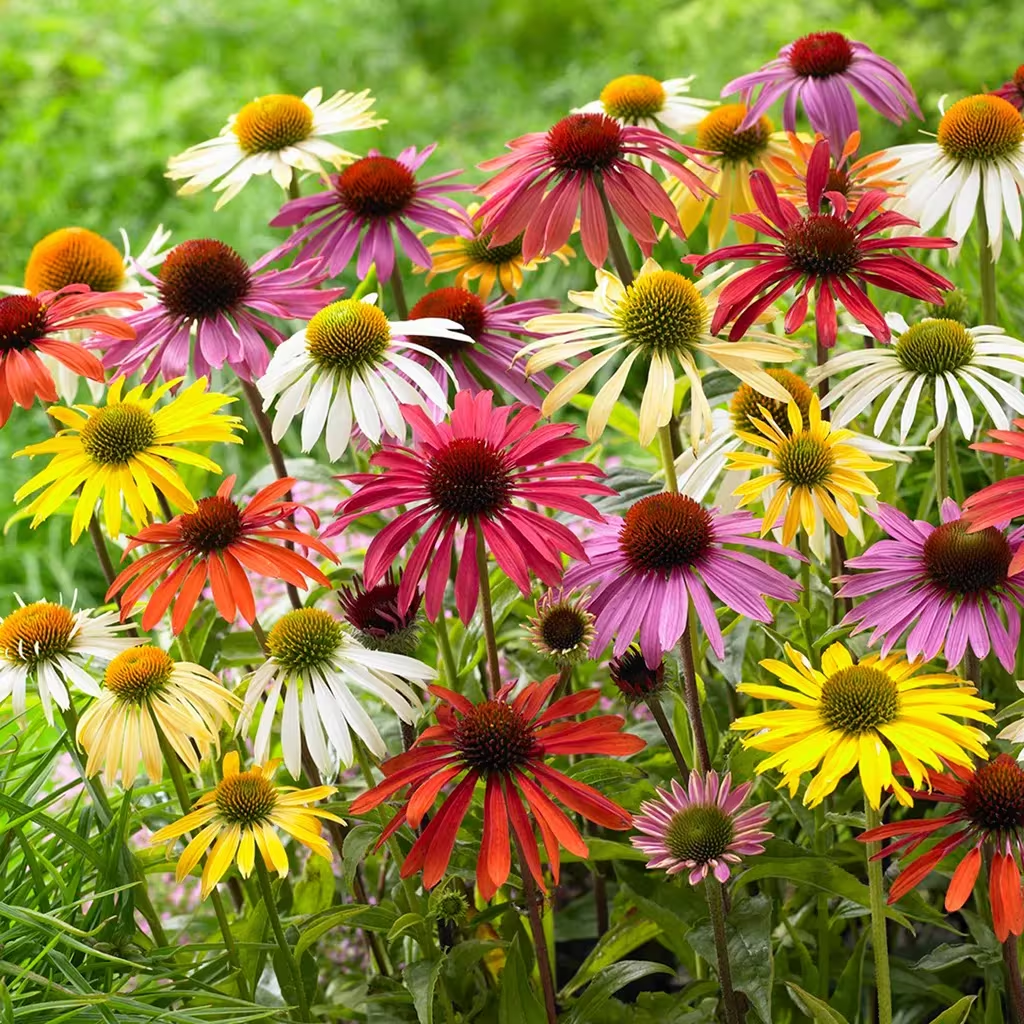
Coneflowers are hardy perennials that require little maintenance, making them an excellent eco-friendly choice. They are drought-tolerant once established and attract a variety of pollinators, including bees and butterflies. Their daisy-like blooms come in vibrant shades of pink, purple, and white, providing a long-lasting splash of color throughout summer. Coneflowers also produce seeds that attract birds, adding another layer of life to your garden. With their resilience and ecological benefits, they’re perfect for a sustainable, wildlife-friendly landscape.
3. Yarrow (Achillea millefolium)

Yarrow is a versatile, low-maintenance plant that thrives in poor soil and requires minimal water, making it ideal for eco-conscious gardeners. Its flat-topped clusters of tiny flowers in shades of yellow, pink, or white attract bees, butterflies, and beneficial insects that help control pests naturally. Yarrow’s deep roots improve soil structure and prevent erosion, while its medicinal history adds extra value. It’s a great choice for borders, rock gardens, or wildflower meadows that blend beauty with environmental care.
4. Bee Balm (Monarda didyma)
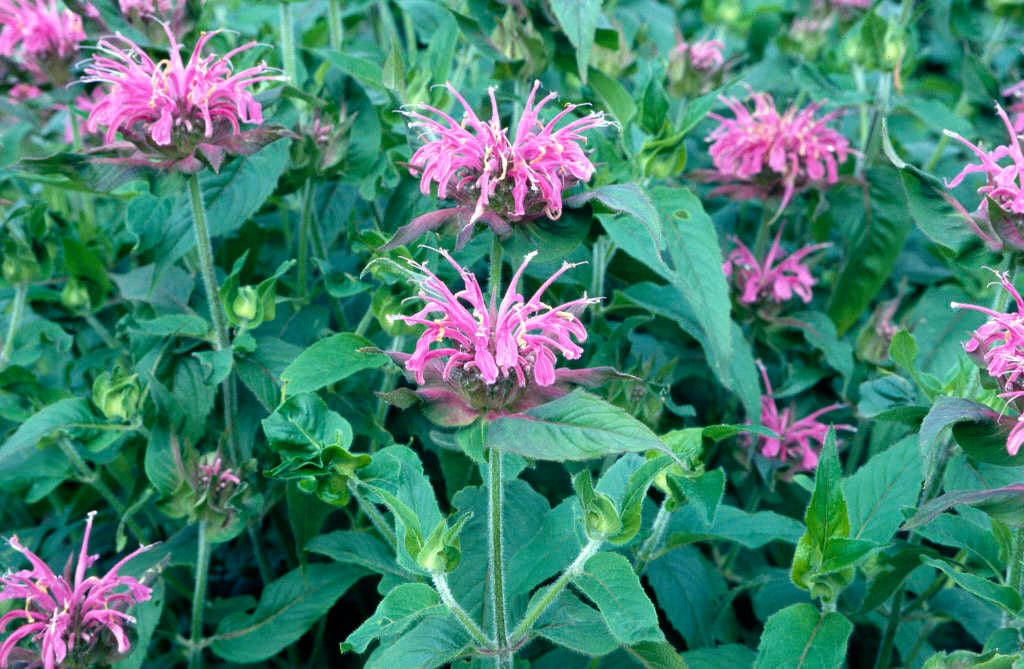
Bee Balm is a striking, fragrant perennial known for its bright, tubular flowers in shades of red, pink, purple, or white. As the name suggests, it’s a magnet for bees, as well as hummingbirds and butterflies, enhancing biodiversity in your garden. It grows well in sunny to partially shaded areas and thrives without heavy watering. Bee Balm also has medicinal uses, traditionally brewed as a soothing tea. Its vibrant colors and eco-friendly nature make it a must-have for pollinator-friendly gardens.
5. Russian Sage (Perovskia atriplicifolia)

Russian Sage is a drought-tolerant, low-maintenance plant with silvery foliage and long spikes of lavender-blue flowers. It’s a pollinator favorite, attracting bees and butterflies while requiring very little water once established. Its airy texture and tall stature make it a fantastic backdrop in garden beds, adding depth and movement. Resistant to deer and pests, Russian Sage thrives in hot, sunny spots and poor soils, making it a sustainable choice for low-resource gardening.
6. Calendula (Calendula officinalis)
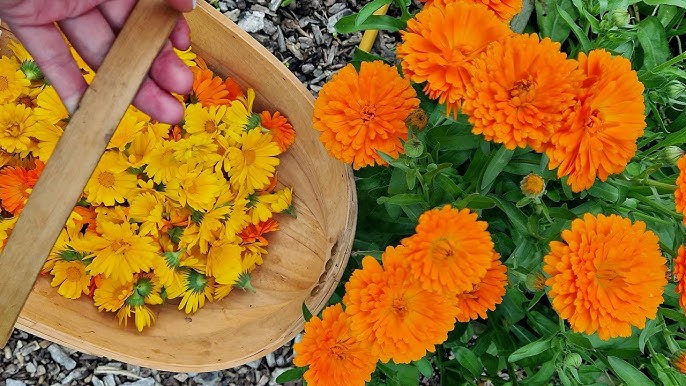
Calendula, also known as pot marigold, is an easy-to-grow annual that brightens gardens with its cheerful orange and yellow blooms. It thrives in most soil types and needs minimal water, making it both beautiful and eco-conscious. Calendula attracts beneficial insects like ladybugs and hoverflies, which help control aphids and other pests naturally. The petals are edible and often used in herbal remedies, adding to its versatility. This plant’s charm and eco-friendly qualities make it an ideal addition to any sustainable garden.
By incorporating these stunning eco-friendly plants, you can create a garden that not only looks gorgeous but also contributes to a healthier environment. With minimal resource needs and maximum ecological benefits, these plants prove that beauty and sustainability can grow hand in hand.
